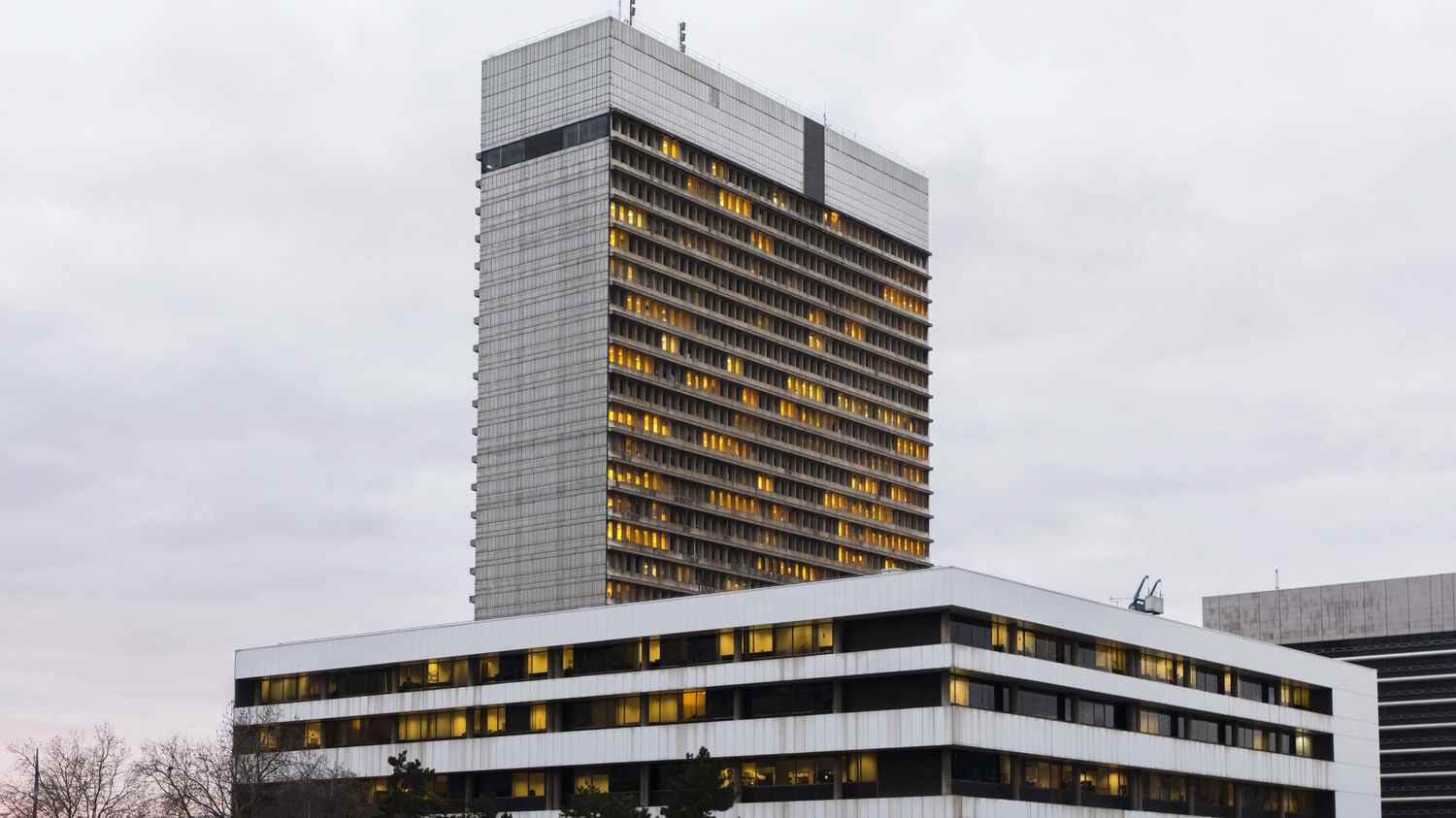“We hope that a number of these cases will be cleared up.” During a press conference, Wednesday, May 18, the prosecutor and the president of the court of Nanterre (Hauts-de-Seine) made a progress report on the new pole devoted to unsolved cases, the “cold cases” , installed since March 1 in the jurisdiction. To date, 107 files are being examined and seven judicial inquiries are in the hands of the investigating judge already in office, Sabine Kheris. Faced with a daunting task, the team must be strengthened to put it into working order in September. Here is what we know about the functioning and resources of this entity.
A team of at least six magistrates
Judge Sabine Kheris, known for having investigated the Estelle Mouzin case in Paris and having succeeded in getting the couple Michel Fourniret-Monique Olivier to speak, has therefore been appointed to the pole as first vice-president instructor, and will work with her clerk. This pair will be joined by two other investigating judge-clerk teams on September 1, said the president of the Nanterre court, Catherine Pautrat. On the prosecution side, there will also be three magistrates, with the arrival of a new member in September. They will be assisted by two police and gendarmerie liaison officers.
Will these staff be enough to absorb the workload to dust off old and complex cases? Catherine Pautrat ensures that the workforce will increase if necessary. “We are still on the move, each time we have requested resources, we have had them”she points out.
A wing of the court and a large room to group the seals
The anti-terrorism judges had their Saint-Eloi gallery in the former Paris courthouse, the judges of the “cold cases” will have a wing within the confines of the Nanterre judicial court. In order to accommodate the volumes of instruction files “heavy and old, with a large paper volume”a special room is planned, equipped with 20 cabinets.
“We are already at 7 cabinets filled out of the 20, with 35 linear meters of files.”
Catherine Pautrat, president of the court of Nanterreat a press conference
A 75m2 meeting room “will make it possible to receive the victims in pleasant conditions”. Finally, a room of 150 m2 should accommodate at the end of the year “very bulky seals” in the “the most appropriate security conditions possible”.
107 files transmitted, including three linked to Michel Fourniret
The pole has five sources to identify procedures, explained Nanterre prosecutor Pascal Prache. Some come from the courts, others from law firms or the families of victims. Investigation services (l‘Central Office for the Suppression of Violence against Persons, the Gendarmerie Cell Diane, the criminal brigade of the Paris police headquarters…) are also providers as well as “open sources”, such as press articles.
To date, the division is examining 107 files, seven of which are the subject of a judicial inquiry. Among them, three concern crimes already investigated by Sabine Kheris and for which “the ogre of the Ardennes”, Michel Fourniret, is the main suspect: the Estelle Mouzin, Lydie Logé, Marie-Angèle Domece and Joanna Parrish cases, brought together in a same file.
The other four cases relate to the relatively recent murders of three adults and the homicide of a minor in the 1980s: Hemma Davy-Greedharry, 10, in 1987, between Malakoff and Châtillon (Hauts-de-Seine), Miyreim Huysien, Nathalie Boyer in 1988 in Saint-Quentin-Fallavier (Isère), Leila Afif in 2000 in La Verpillière (Isère) and a Bulgarian prostitute, in 2017, in Paris.
The management by the pole of 14 other cases is also already well advanced, ten will be quickly oriented towards the opening of a judicial investigation and four towards a preliminary investigation, specified the prosecutor. The 86 other files are currently being assessed to find out whether or not they correspond to the cluster’s criteria.
“Guidelines” for retaining certain cases
How to sort through the dozens of files that will be submitted to the pole over the months? The law for “confidence in justice” adopted in November set two criteria, recalled the public prosecutor of Nanterre, Pascal Prache: the procedures must be more than 18 months old and must be complex.
Beyond that, the magistrates of the pole, which does not have exclusive jurisdiction over these cases unlike the Pnat for terrorism for example, have set themselves “Iguidelines”. The international dimension of a case is one, as is the minority of the victim, the “seriality” crimes committed, whether murder or rape, the context and the nature of the facts (such as acts of torture and barbarity) or even when the same act has caused several victims.
The pole can also be seized to investigate the course of a criminal, another of the developments allowed by the law on “confidence in justice”.
Innovative survey methods
The pole’s objective is not only to bring these outstanding files together in one place, but also to provide “capital gain”, “based on specialization” of its actors, hammered the prosecutor.
“One of the difficulties is to establish a criminal memory and to ensure that the changes of magistrates and investigators over time do not result in a loss of elements.”
Pascal Prache, Nanterre prosecutorat a press conference
The investigating judges will take over the files from the beginning. “It is through this immersion that leads will be born”adds Catherine Pautrat, adding that Judge Sabine Kheris has already used innovative methods such as “mental map”. It is a chronological visualization, projected on a screen, of a criminal case with its various actors. “You thus manage to make crosses between authors and dates”, emphasizes the president of the court.
Sabine Kheris should also take advantage of her collaboration with the FBI on “Technical skills that make it possible to identify suspicious areas underground” when searching for a body.
